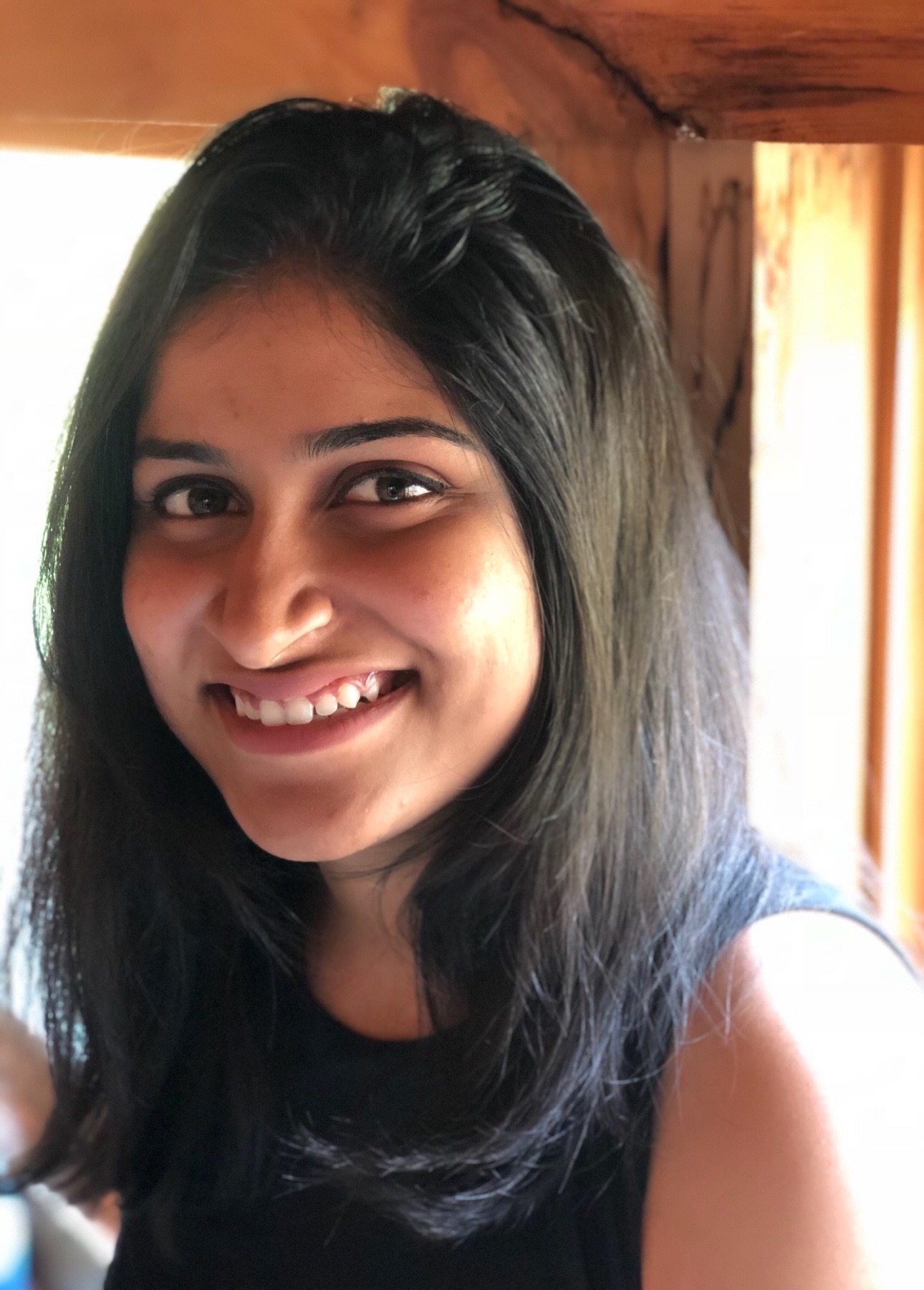
Alumna Priyanka Menon is a recent graduate of Northeastern’s Master of Design for Sustainable Urban Environments (MDes). She moved to Boston to experience living in a cultural, vibrant, diverse, and walkable city that balances the new and old – and she has enjoyed being a part of it. When she joined Northeastern, Priyanka had extensive research experience and had served as a Project Architect for the United Nations: NKA Foundation as well as an Associate Architect at Total Environment Building Systems. Priyanka is now a Designer at BLD | Bishop Land Design, a studio of experienced landscape architects and innovative designers who apply human ecology to design. We had the opportunity to catch up with her; read more below!
Tell us about your current role as a Designer at Bishop Land Design!
For instance, the first project I was involved in at BLD was an extension of an elaborate planning effort of Downtown InFocus – the design of a Civic Plaza in Fargo. The multi-layered approach included community engagement efforts for the design of a flexible, vibrant and inclusive urban space with shifting agendas over season and time. At the core of the plaza is a green infrastructural system that enhances ecology, economy and creates an image of the space.
What has been a career highlight for you so far?
Working at BLD, I am learning more on the role of design in escalating human potential and in offsetting our damaging impact on the environment. To me, working in a field that blurs disciplinary boundaries to create innovative responses to today’s crisis that creatively breaks barriers both in the field and personal growth is an evolutionary process and a career highlight.
While working in the urban landscape is one ball game, my experience volunteering with the United Nations for rural upliftment is another highlight I cannot omit. Working alongside the NKA Foundation of social workers, I was humbled to be working on a project in northern Ghana for cost-effective strategies for a small community in the Sang district. A primary education school, chapel, residences for volunteers, and community areas for recreation were the main programs outlined in the brief. The parameter of true cost-effectiveness was perceived through design being an economic generator that provided jobs through training in construction, integrated local craftsmanship in the art of building and created a self-sustaining society with easy access to the basic needs of life (water, food and shelter).
Tell me about your experience at Northeastern!
Northeastern has been a great stepping stone for me to learn ways to think across disciplinary boundaries and scales of detail to strive towards an enriched human experience of space.
The school offers some fantastic classes that bring students across a diverse platter of disciplines.
For instance, I took a course on Urban Health which included students from the field of public health, landscape, architecture, urban design/ planning, and even anthropology!
Apart from this, the design studios also provide space for individuals to explore avenues of interest within the field, where failure is just as important as being successful in a course. Simultaneous to design, the school also recognizes the importance of presentation delivery through visualization course that are offered necessary to convey a concept to an audience through the language of drawing effectively.
More generally, why you are passionate about the fields of Architecture / Design – what do you love about this industry and your work?
The field of architecture/ urban design is fascinating to me as it is a unique balance of being both a form of art and a discipline within science; functional and aesthetically pleasing; the full (“built”) and the void (“unbuilt”); a pull towards the past and present at the same time. In that sense, architecture/urban design is a paradox that often is a combination of contradictory approaches – this balance is what drew me to the field.
Simultaneous to this balance, the industry is ever-evolving, the nature of which ensures that you are always aware that every line created is a statement on the future of our species, the environment and our perception of this relationship. This also inherently implies an interdisciplinary conversation about the way we build our homes, parks, and cities today.
The happiest moment for me in this field is after a project is built, to see the residents of a city taking ownership over the design and making it their own.

